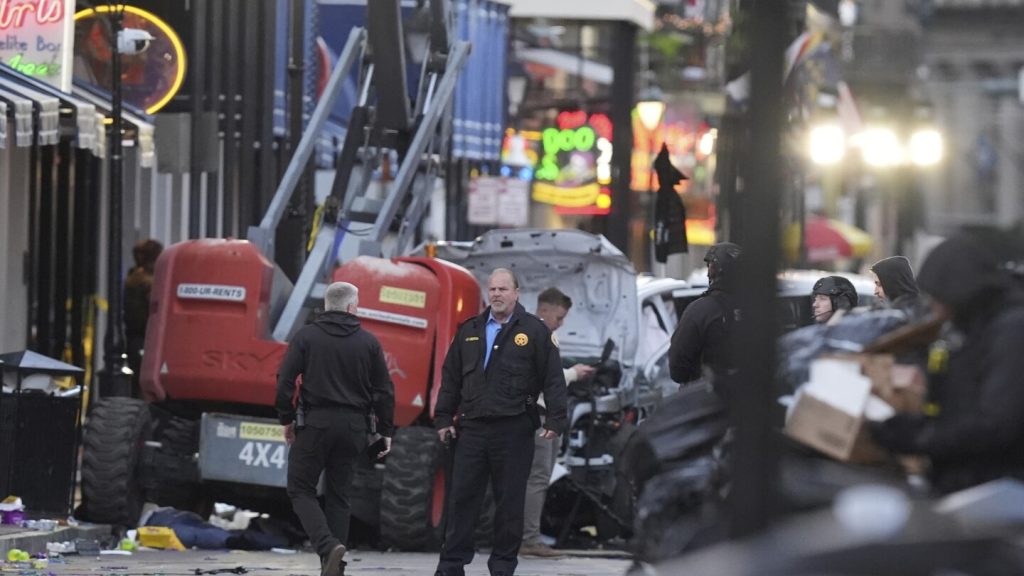In a horrific incident in New Orleans on New Year’s Day, a man named Shamsud-Din Jabbar drove a pickup truck into a crowd, killing 15 people and injuring many others. The FBI is investigating the attack as a terrorist act, although the motive behind Jabbar’s actions is still unknown. This incident is just one of several such “vehicle as a weapon attacks” that have occurred globally over the past two decades, some motivated by extremist politics and others by issues like mental illness or misogyny. In response to these attacks, cities around the world have implemented safety measures like concrete barriers and anti-vehicle obstacles in public spaces.
Another tragic incident occurred in Magdeburg, Germany, where a car crashed into a Christmas market, killing five people and injuring over 200. The suspect, a 50-year-old doctor from Saudi Arabia, has renounced Islam and supports the far-right AfD party. In Zhuhai, China, a 62-year-old man drove his car into people at a sports complex, killing 35 individuals. The suspect, upset about his divorce, pleaded guilty to endangering public safety and was sentenced to death. These attacks highlight the diverse motivations behind such violent acts using vehicles as weapons.
In Canada, a Muslim family was targeted in London, Ontario, when an attacker used a pickup truck to kill four members of the family. The Prime Minister called it a terrorist attack driven by hatred, and the perpetrator, a white nationalist, was sentenced to life in prison. In Toronto, a man named Alek Minassian drove a rental van into pedestrians, killing 10 people and injuring 16. Minassian, affiliated with an online “incel” community, received a life sentence. These incidents demonstrate the range of ideologies and motivations behind vehicle attacks, from terrorism to misogyny.
In the United States, several disturbing incidents have occurred involving vehicles used as weapons. In New York, an Islamic extremist drove a pickup truck onto a bike path, killing eight people and receiving multiple life sentences in prison. In Charlottesville, Virginia, a white supremacist intentionally drove into counter-protesters during a rally, resulting in one death and many injuries. These events underscore the dangerous consequences of using vehicles as weapons to inflict harm on innocent individuals.
Internationally, vehicle attacks have taken place in locations like Barcelona, London, and Melbourne, resulting in significant casualties. For example, in Nice, France, a Tunisian-born French resident drove a truck along a seaside promenade, killing 86 people in one of the deadliest attacks of its kind. In response to these tragedies, governments and communities have implemented security measures to prevent future incidents and protect their citizens from such senseless acts of violence using vehicles.
With an increase in vehicle attacks globally, it is essential for law enforcement agencies and governments to stay vigilant and address the root causes behind these acts of terrorism and violence. By understanding the motivations and ideologies driving individuals to use vehicles as weapons, authorities can work towards preventing such tragedies and ensuring the safety of communities around the world. The impacts of these attacks are far-reaching, affecting not only the immediate victims and their families but also society as a whole, prompting a collective effort to combat extremism and violence in all its forms.


